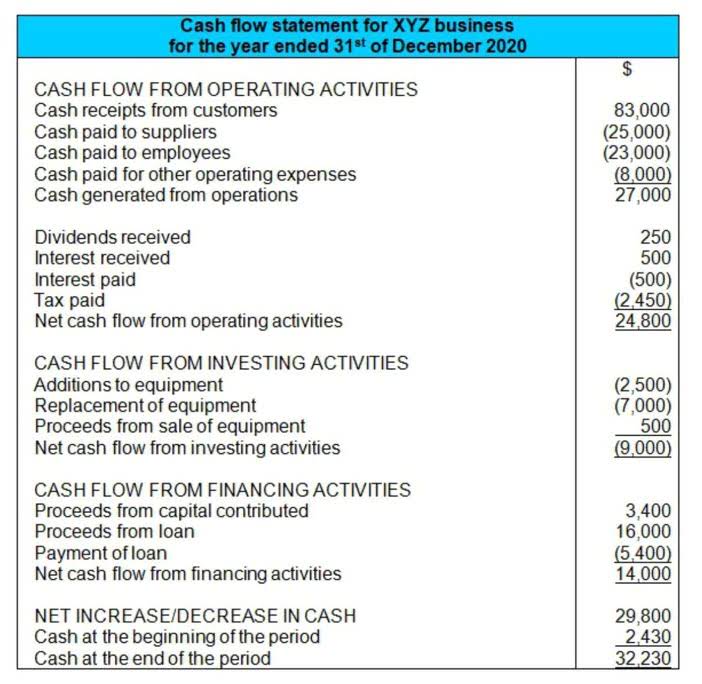Content

Some income statements show interest income and interest expense separately. The interest income and expense are then added or subtracted from the operating profits to arrive at operating profit before income tax. When analyzed over time or comparatively against competing companies, managers can better understand ways to improve the financial health of a company. In the United States, the statement of changes in equity is also called the statement of retained earnings.

Long-term liabilities are obligations that are due for repayment in periods longer than one year (e.g., bonds payable, leases, and pension obligations). Upon calculating the total assets and liabilities, shareholders’ equity can be determined. The income statement and statement of cash flows also provide valuable context for assessing a company’s finances, as do any notes or addenda in an earnings report that might refer https://www.bookstime.com/ back to the balance sheet. All the information required to compute shareholders’ equity is available on a company’s balance sheet. Current assets are assets that can be converted to cash within a year (e.g., cash, accounts receivable, inventory). Long-term assets are assets that cannot be converted to cash or consumed within a year (e.g. investments; property, plant, and equipment; and intangibles, such as patents).
How to Use Total Equity
On the other hand, market capitalization is the total market value of a company’s outstanding shares. Apple’s current market cap is about $2.2 trillion, so investors clearly think Apple’s business is worth many times more than the equity shareholders have in the company. The equity of a company, or shareholders’ equity, how to calculate total equity is the net difference between a company’s total assets and its total liabilities. A company’s equity is used in fundamental analysis to determine its net worth. As we mentioned earlier, many nonprofits use these financial statements in their annual reports to show transparency and build trust in their organization.
A purchase or sale of an asset, loans made to vendors or received from customers, or any payments related to a merger or acquisition is included in this category. Investors can also see how well a company’s management is controlling expenses to determine whether a company’s efforts in reducing the cost of sales might boost profits over time. When companies repurchase shares, the number of outstanding shares decrease. Companies do this to increase their earnings per share, as the same amount of earnings is spread out over a smaller number of shares, resulting in earnings-per-share “growth.” To mention these ratios, these are the working assets and debt to equity portions. Current assets have a duration of one year or less, meaning one can convert them easily into cash.
How Stock Splits Influence Shares
The statement of functional expenses gives donors more details on how the organization spends funds. The IRS requires nonprofits to include this statement when filing Form 990. Finally, financing revenue comes from the earnings and interest earned on your financial activities and savings. The first and most desired financial statement is the Statement of Financial Position.
Accountants use the 10-column worksheet to help calculate end-of-period adjustments. Using a 10-column worksheet is an optional step companies may use in their accounting process. Unlike public corporations, private companies do not need to report financials nor disclose financial statements. Nevertheless, the owners and private shareholders in such a company can still compute the firm’s equity position using the same formula and method as with a public one. Foundations require nonprofits to provide financial statements when they apply for grants. Major donors also may want to see financial statements before giving a significant gift.
